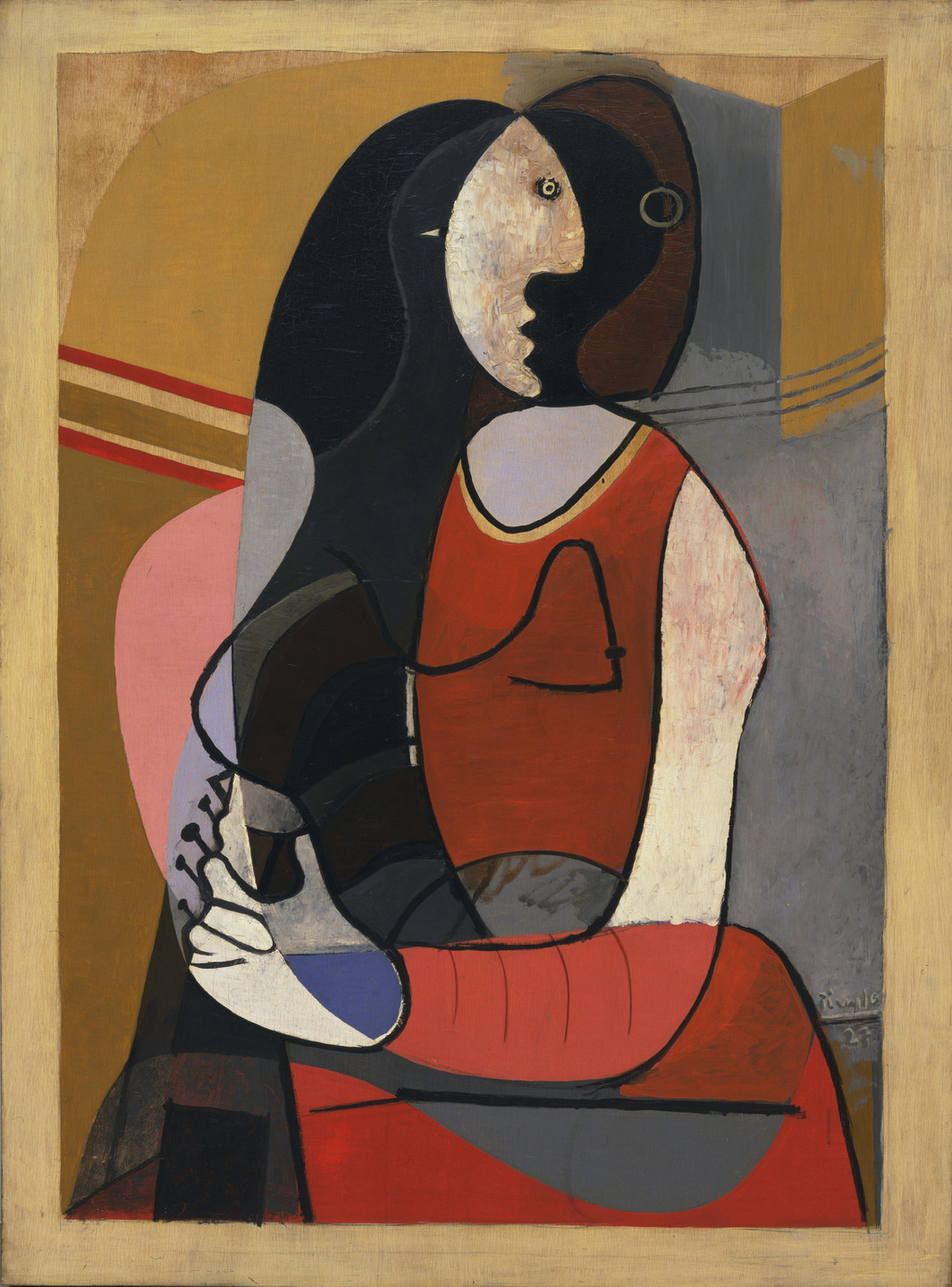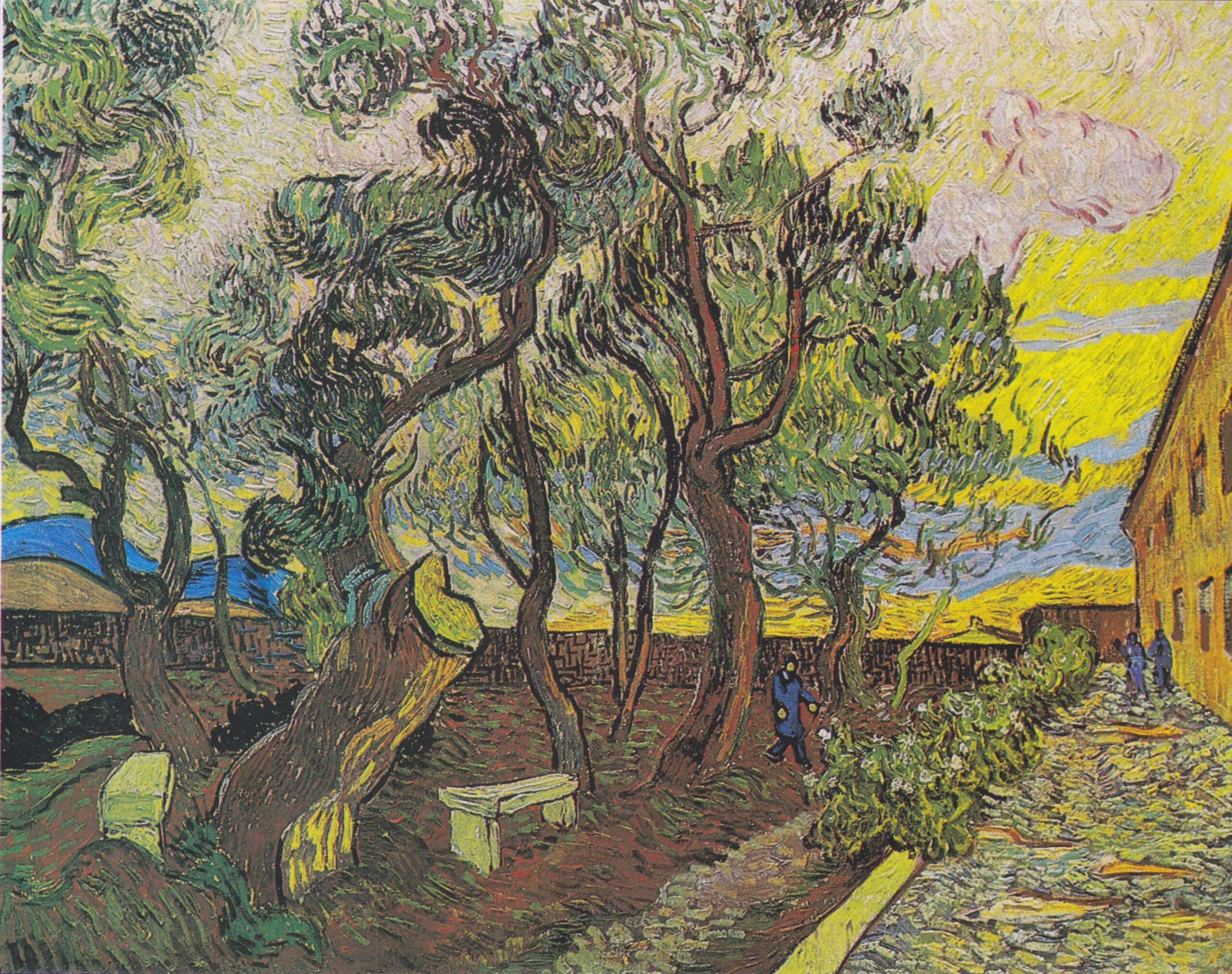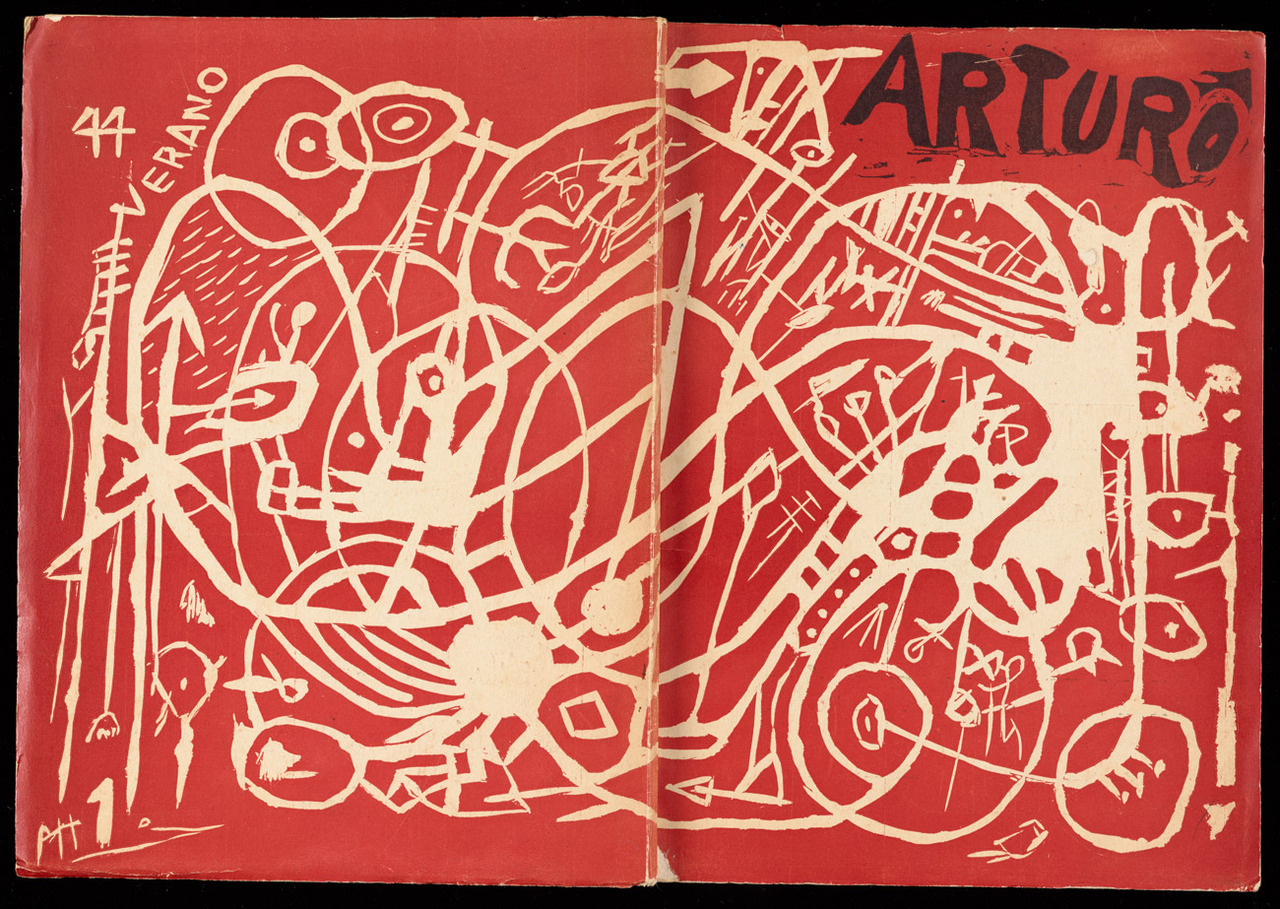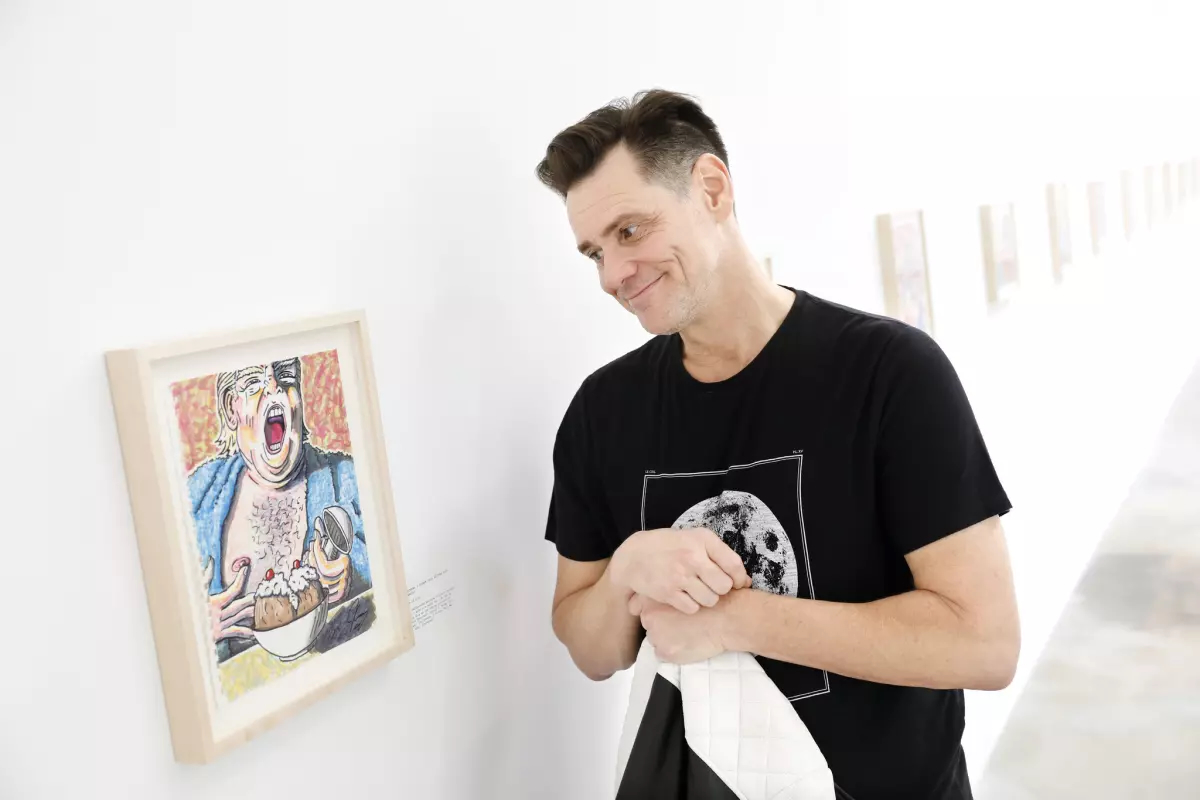Few things shape the human experience as profoundly or as pervasively as creativity does. So begins Elliot Paul Samuel and Dustin Stokes in their seminal article published in The Stanford Encyclopedia of Philosophy (Spring 2024 Edition). The authors delve into the philosophical quandaries that creativity raises, presenting a series of questions that transcend the boundaries of traditional fields. It’s worth noting that the term “art therapy” was first coined by the artist Adrian Hill, further highlighting the expansive impact of creativity on human life and thought.
In our contemporary world, creativity as a spiritual and artistic practice has long served as a conduit to inner peace and a mechanism for overcoming trauma. Fatma Guliyev, an artist deeply attuned to the healing potential of art, notes that the therapeutic use of creative expression dates back to primitive societies. “Releasing mental or physical pain through art therapy—whether by pouring paint, dancing, playing games, or engaging in creative activities—helps release energy from the body and fosters transformation,” Guliyev explains. The process of creating art and making new discoveries invigorates individuals and has a profound impact on their psychological well-being. Berçem Su Ozak, a clinical psychologist reflecting on the transformative power of art, shares, “I believe in the transformative power of art; it reshapes the mind’s preoccupations into new forms, shifting from abstract to concrete, which creates a sense of well-being. In its broadest sense, creating something induces a feeling of goodness.” Ozak’s insights resonate deeply with the aforementioned perspectives, illustrating how art’s transformative journey leads to an overall sense of well-being. Art therapy, with its potent healing effects, has been integral to rituals and extensively studied in academic fields since ancient times. This historical perspective underscores the timeless and universal appeal of using art as a means to achieve psychological and emotional balance.

Similarly to Guliyev’s ideas, Julia Cameron and Alain de Botton offer profound insights into the transformative power of creativity. Cameron’s The Artist’s Way, a celebrated guide to creative recovery, unfolds as a structured twelve-week course designed to foster artistic inspiration and overcome creative blocks. Through practices like morning pages—where participants write three pages of stream-of-consciousness prose each morning—and artist dates—solo outings to nurture the inner artist—Cameron emphasizes that everyone possesses inherent creativity, suggesting that by nurturing this inner wellspring, individuals can profoundly improve and transform their lives. Complementing Cameron’s approach, Alain de Botton’s Art as Therapy redefines art’s role in contemporary life. De Botton argues that art serves not only as aesthetic objects but also as tools for emotional guidance and existential navigation. By addressing universal human needs such as love, fear, and self-understanding, de Botton advocates for museums to organize collections not by historical periods but by the emotional and psychological themes they address. Together, Cameron and de Botton articulate a modern perspective on art therapy, highlighting creative expression as a vital avenue for personal healing and emotional enrichment in a world increasingly in search of solace and deeper meaning.
In exploring the healing power of art, Nilgün Sabar, a prominent artist offers a nuanced perspective. Sabar posits that art, across its diverse disciplines, serves as a profound means for individuals to express themselves, acting as a transformative outlet for emotional catharsis and self-discovery. She emphasizes that while art is invaluable in the healing process, it cannot entirely replace formal therapy or healing methods. Sabar contends that the interpretation of artworks by trained professionals is crucial, as it provides insights and facilitates a deeper understanding of the creator’s emotions and experiences. Meanwhile, Ozak explains how art therapy can affect people’s psychology as follows: “It depends on what we mean by progress, but roughly speaking, it can create a sense of well-being in the person. Freud said, for example, that artists (more often stage artists, but we can also think of this in general) express their desires, wishes, and anxieties that cannot be accepted or expressed within the framework of social norms through art by using the defense of compensation. As children, we were already processing these by playing games, and as adults, we may now need another area where we can process these fantasies. From another perspective, for example, Winnicott says that art creates control over the internal objects we create in childhood and therefore creates excitement. He describes art as a transitional area, just as a toy or a blanket is a transitional object for a child who is slowly breaking away from omnipotence, a first object that is not him/herself (it can also be an area). In other words, we can say that it is a place that has the potential to relieve our anxieties as we open up to the outside world.” Within this framework, art becomes not only a creative pursuit but a necessary tool for personal rehabilitation and psychological exploration. Sabar’s insights underscore the therapeutic potential of art, highlighting its role in fostering resilience, promoting introspection, and enriching the human experience.
Why is art therapy gaining popularity?

One compelling example lies in the ongoing legacy at Saint-Paul de Mausole, the French monastery where Vincent Van Gogh created many of his iconic artworks while undergoing psychiatric treatment. Today, this facility exclusively serves female clients through art therapy, showcasing their creations in an annual exhibition in collaboration with New York’s School of the Visual Arts (SVA). This partnership, initiated in 2010, not only preserves Van Gogh’s therapeutic painting practices but also highlights their contemporary relevance. Van Gogh’s fascination with light and nature during his stay profoundly influenced his art, supported by medical staff and his brother Theo, leading to over 100 drawings and 150 paintings. Despite his mental health challenges, Van Gogh’s experience exemplifies the profound impact of art on mental well-being. The exhibitions at Saint-Paul de Mausole, featuring works from both clients and SVA students, draw thousands of visitors annually, showcasing the therapeutic potential of art and reinforcing Van Gogh’s enduring influence on modern art therapy methodologies.
Art and Addiction

In exploring the intricate relationship between art and addiction, scholar and psychotherapist Kikan Massara’s seminal work, The 12 Steps: Symbols, Myths, and Archetypes of Recovery, delves into how artistic expression can serve as a profound catalyst for healing. Through a meticulous analysis of artworks spanning from antiquity to modern times, Massara illuminates each step of the recovery process with poignant visuals and literary references, illustrating the universal struggle against addiction.
“Art has a unique ability to transcend words and touch the raw depths of human experience,” affirms Nilgün Sabar, an artist deeply engaged in the therapeutic power of creative expression. “Through art, individuals confront their inner turmoil and transform it into tangible forms of self-expression,” she adds, reflecting on the transformative journey that parallels the 12-step approach outlined by Massara.
Fatma Guliyev, another advocate for art therapy, concurs, emphasizing how art provides a non-verbal conduit for exploring complex emotions and personal narratives. “Art allows individuals to see their lives from new perspectives, fostering introspection and emotional healing,” Guliyev explains. Her viewpoint resonates with Massara’s exploration of psychological tools like Carl Jung’s concepts and transformation myths, underscoring art’s role in facilitating psychological progress and resilience in the face of addiction.
Massara’s interdisciplinary approach not only draws from art history but also integrates psychological theories and cultural narratives. “By pairing each step with diverse artworks, I aim to show how art can elucidate the emotional turmoil and resilience inherent in addiction recovery,” Massara articulates. Her methodical study includes iconic pieces such as Edvard Munch’s “Despair” and J. M. W. Turner’s tumultuous seascapes, invoking universal themes of struggle and redemption.
The synthesis of Massara’s scholarly rigor with the lived experiences of Sabar and Guliyev underscores the enduring human quest for healing through creativity. “Artists and non-artists alike find solace in art’s ability to transform personal struggles into expressions of hope and resilience,” Sabar concludes, echoing the sentiment that art not only mirrors but also shapes our journeys toward recovery.
Guliyev adds a deeper layer, emphasizing that art’s impact on psychological progress goes beyond mere reflection. “When individuals engage with art, they embark on a journey of self-discovery and emotional integration,” she elaborates. This journey parallels Massara’s exploration of psychological tools, illustrating how art can facilitate profound shifts in understanding and coping with addiction.
In Massara’s view, art emerges as a timeless companion in the pursuit of healing from addiction. Through its visual language and emotional resonance, art not only mirrors the complexities of addiction but also offers a path toward understanding and transcendence. This holistic perspective, enriched by the voices of artists and scholars alike, illuminates the profound and transformative power of art in the ongoing narrative of recovery.
In the evolving discourse on art and addiction, the convergence of scholarly inquiry and artistic practice illuminates a profound truth: that creativity, in its myriad forms, serves not only as a vehicle for personal expression but also as a transformative force in healing. From Kikan Massara’s meticulous exploration of recovery through art to the insightful perspectives of artists like Nilgün Sabar and Fatma Guliyev, the journey of confronting addiction becomes a testament to the human spirit’s resilience and capacity for renewal. As galleries and institutions worldwide increasingly embrace art therapy, the legacy of figures like Vincent Van Gogh at Saint-Paul de Mausole underscores art’s enduring role in mental health care. Through exhibitions and therapeutic practices, the intersection of art and addiction offers not just a glimpse into individual struggles but a beacon of hope for holistic healing and societal understanding. In this narrative, art emerges not merely as a medium of expression, but as a cornerstone of empathy, insight, and profound human connection.







